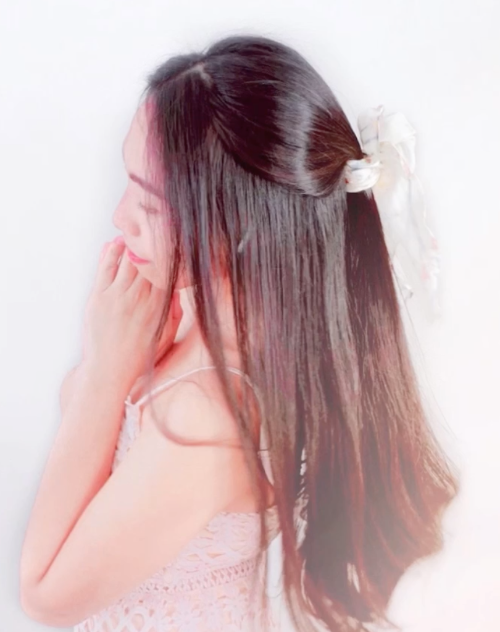Having the good fortune of being raised in Rome and London along with attending school in Madrid and Barcelona, languages and cultural diversity became my passion at an early age. The international schools provided me the opportunity to study Italian at the age of 8 and Spanish when I was 12. While being immersed in these cultures, I found I had a natural affinity to learn languages. It was very fulfilling and I was excited by the passion in romance languages. When I moved to NYC in my 20s, it made me happy to keep incorporating both languages into my daily life. Though it was much easier to keep up my Spanish, the 2nd most spoken language in the U.S.
About 14 years ago, I met my future husband Masahiro, who was born in Japan and moved to the U.S. as an adult. As Masa’s professional career allowed him to travel the globe, he spoke English very well. On my first trip to Japan, he took me to Tokyo and his home town Otsuchi, which is a small fishing village in the Prefecture Iwate on the shores of the NE Pacific. As traditional Japanese culture is very polite and inviting, his family instantly made me feel at home. However, I could not understand more than the basics of “Hello”, “yes” and “no”. In order to somewhat communicate with them, I was constantly looking up translations…a most daunting and funny experience.

That adventure inspired me to learn Japanese. I knew I had the potential because of the multiple languages I already spoke. Masa and I never really interacted in Japanese except for very basic words. I started to understand more as we watched Japanese dramas, movies and anime as well as listened to Japanese music together. Speaking and writing would be an entirely different challenge! How could I master this language that has three independent writing systems - Hiragana, Katakana and Kanji - with different alphabets and over 8,000 characters? Thus, the reason why Japanese is one of the hardest languages in the world to learn.
Although I was intimidated, I decided one fall day in 2019 to dive in head first with courses at the formal Japan Society, located near their Embassy in NYC. Initially, I just wanted to master some survival phrases with an eventual goal of having small conversations with Masa, his family and friends.

Not a simple task! To start off, I mistakenly signed up for a more advanced learning class, instead of Lesson 1 for beginners. I still pressed on. At first, I found it quite logical to learn the numbers from 1-100 and the words for “thousands” as well as telling time with AM and PM. Next, I began to understand the basics of asking a question using 20 nouns incorporated into a sentence. I’d come home at night and share with Masa what I was learning. He would giggle away so proud that I was making the effort and was progressing so nicely. But, I got anxious when we started studying the verbs. Conjugating verbs in a short sentence proved to be like climbing Mount Fuji without the proper shoes. And, learning the Kanji characters was memorization x a MILLION - a near impossible feat!
After two months of courses, two days per week, 2.5 hours at a time, almost daily studying and simple discussions with Masa, I felt like I was learning something and finally could understand more of his conversations on the phone or with friends. But, I needed to take a break. Although the teacher was amazingly helpful and encouraging, the course moved too fast and I was overwhelmed. So I decided to finish the course and start over with Level 1, which I am now studying at home. (Unfortunately, coronavirus isolation has forced the Society to close and they don’t provide online classes as it is important to learn face-to-face.)

If I had to say how long it would take to get reasonably good at Japanese, I’d estimate a minimum of 3 to 7 years, and possibly much more, depending upon how much time you devote and how many advantages you bring to the table. As you get a bit better, I highly recommend reading children’s newspapers and Traditional Japanese Children’s Stories to help with your understanding.
Meanwhile, my adventure of a lifetime continues as I pick up where I left off and keep studying with Masa. Follow our video series called “Learning Japanese with Masa & Me” on Instagram & Facebook. It might inspire you to learn Japanese too!



